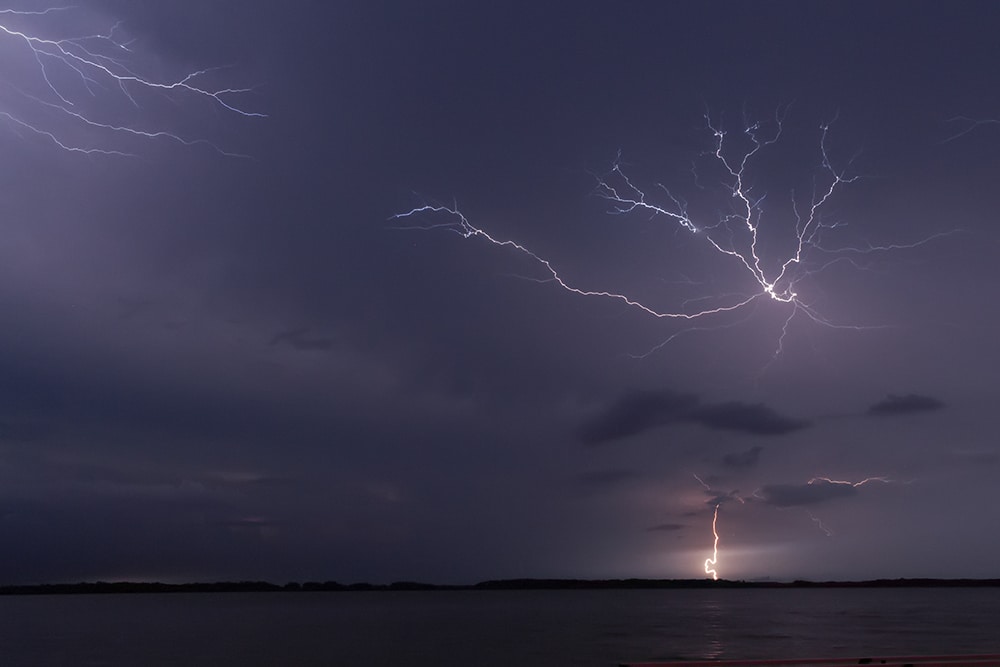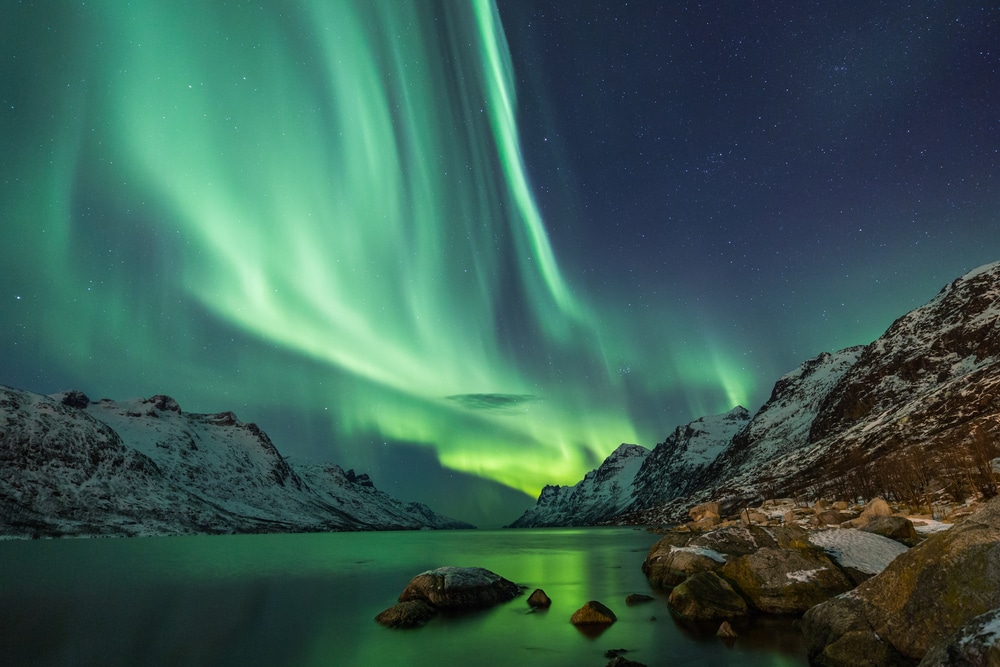From the famous northern lights to the lesser-known sea of stars, we share the world’s most stunning natural phenomena
It’s firefall time. Every year, beginning around late February, the setting sun hits Yosemite’s Horsetail Fall at just the right angle to light the cascade in blazing orange and red hues, giving the appearance of flowing fire or lava. To celebrate the spectacle, we’re exploring the world’s most stunning natural phenomena.
Stunning natural phenomena
When, in 2020, Doug Hurley and Bob Behnken made history as the first astronauts to launch into orbit on a private spaceship, the world paused to watch. Given the turmoil of our times, one observer quipped, “Congratulations to the Astronauts that left Earth today. Good choice.”
The off-the-cuff comment was amusing, but also surprisingly poignant for it reminded us of the damage being wreaked by humans – not only on each other but the planet itself.
Seeing the curve of the Earth through the astronauts’ window reminded us of the extraordinary natural phenomena right here at home. Below, we share the best of them.
1. Aurora Borealis
The Aurora Borealis, more commonly known as the Northern Lights, is a natural light display caused by collisions between gaseous particles in the Earth’s atmosphere with charged particles released from the sun’s atmosphere.
The phenomenon is usually seen in northern regions like Canada, Alaska, Norway, Finland, Greenland and Iceland but has also appeared further south in Scotland and even New Orleans in the USA.
The spectacle can also be seen in the southern hemisphere where they are called the Aurora Australis. However, they are far harder to access. Outside of continental Antarctica, the Southern Lights can only be seen from southernmost New Zealand, Argentina and Australia.
2. Catatumbo lightning, Venezuela
This ‘eternal storm’ of lightning occurs on 140 to 160 nights a year, 10 hours per day and up to 280 times per hour over Lake Maracaibo, usually over the area where the Catatumbo River flows into the lake.

After appearing continually for centuries, the lightning strikes ceased from January to April 2010, possibly due to drought. This raised fears that it was extinguished permanently but it reappeared several months later. Scientists say that Catatumbo is normal lightning that…
Click Here to Read the Full Original Article at Atlas & Boots…
